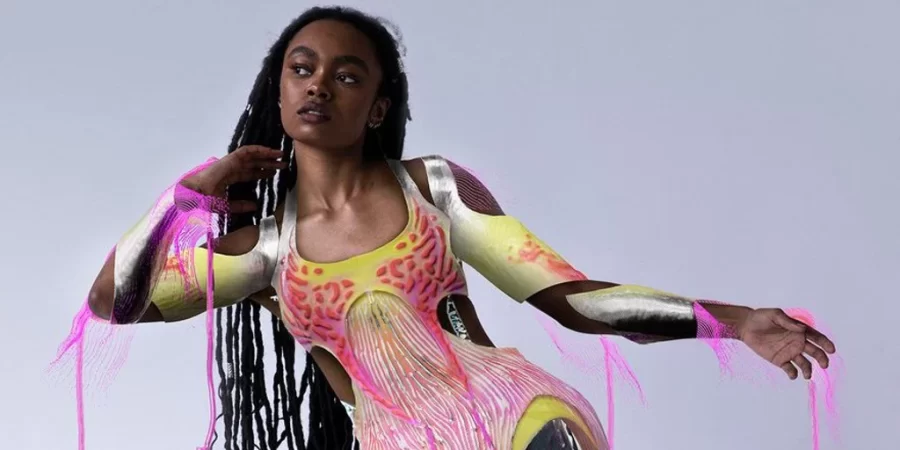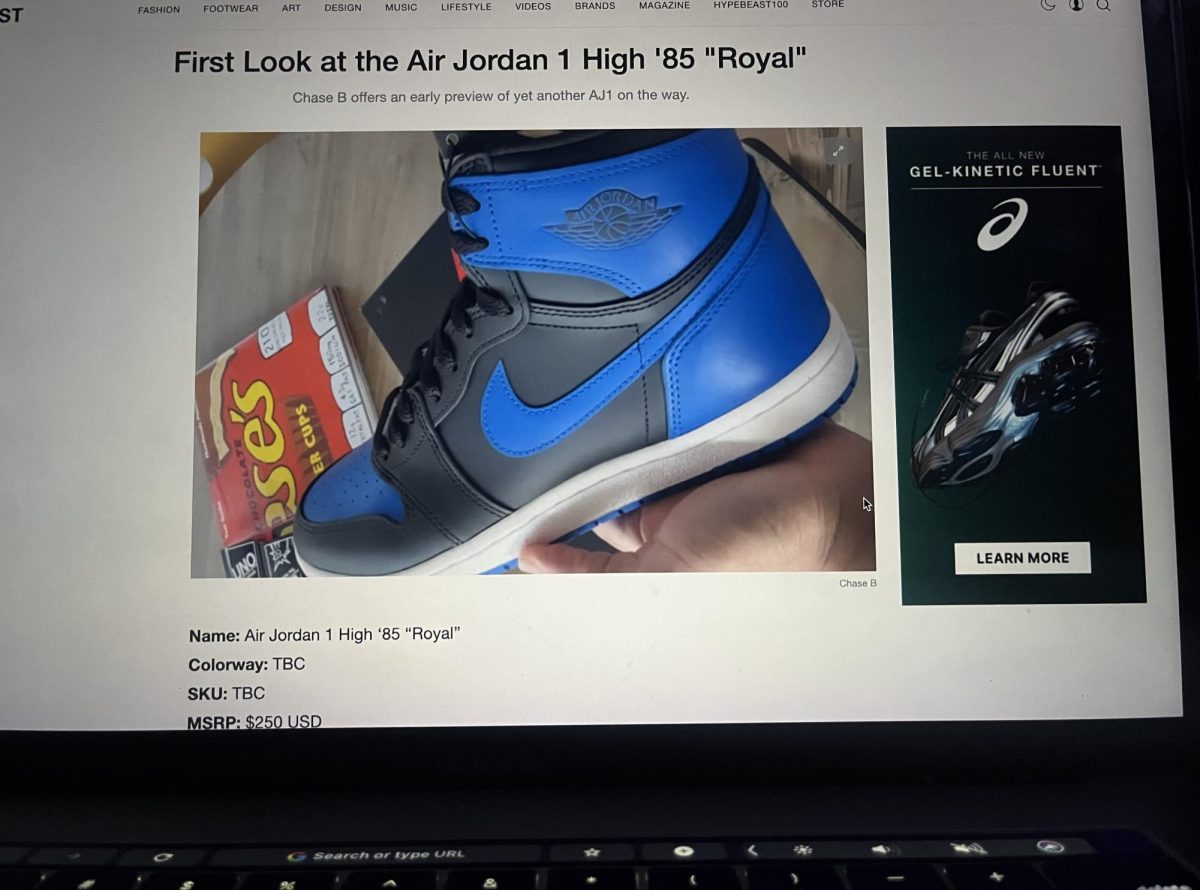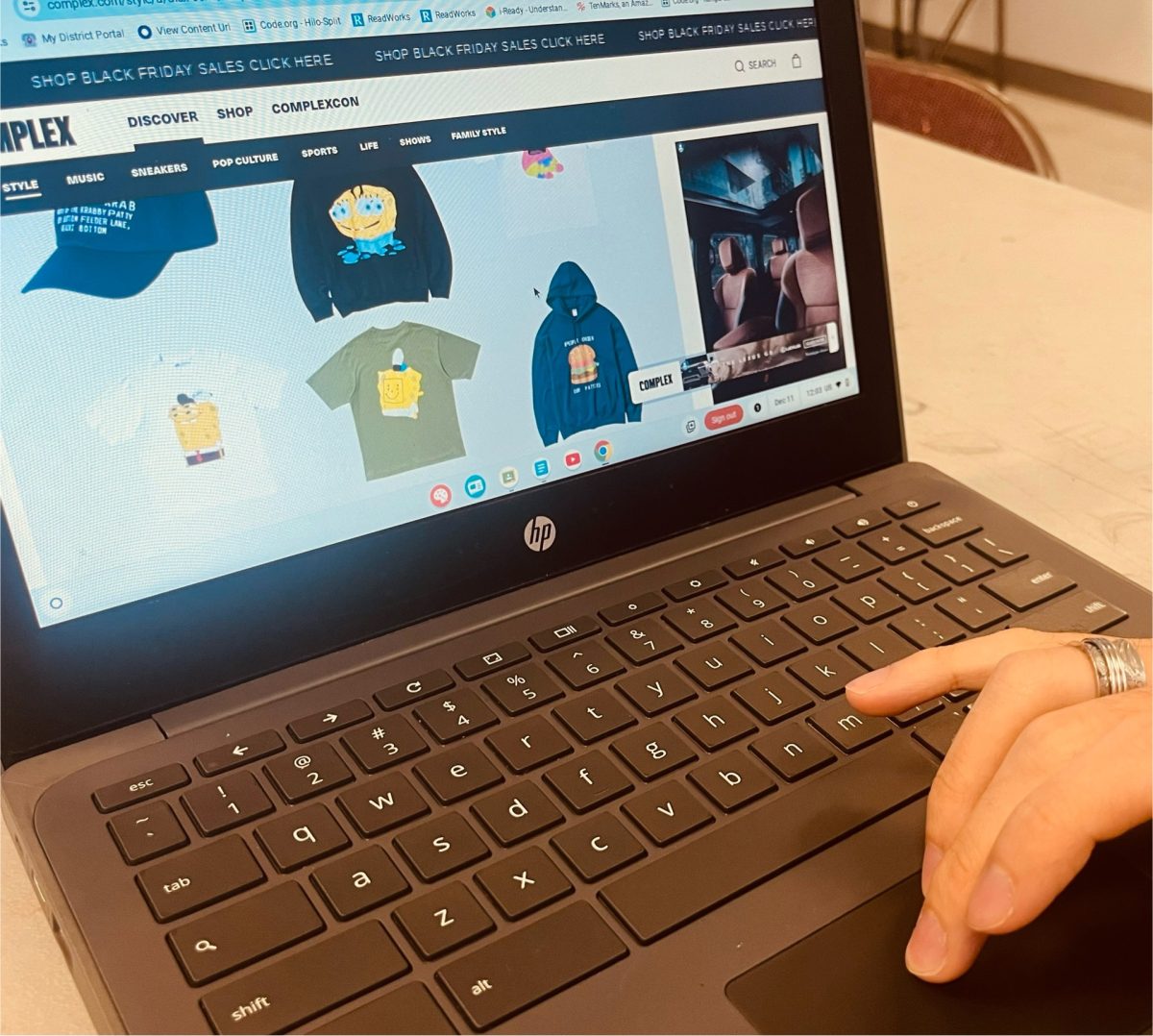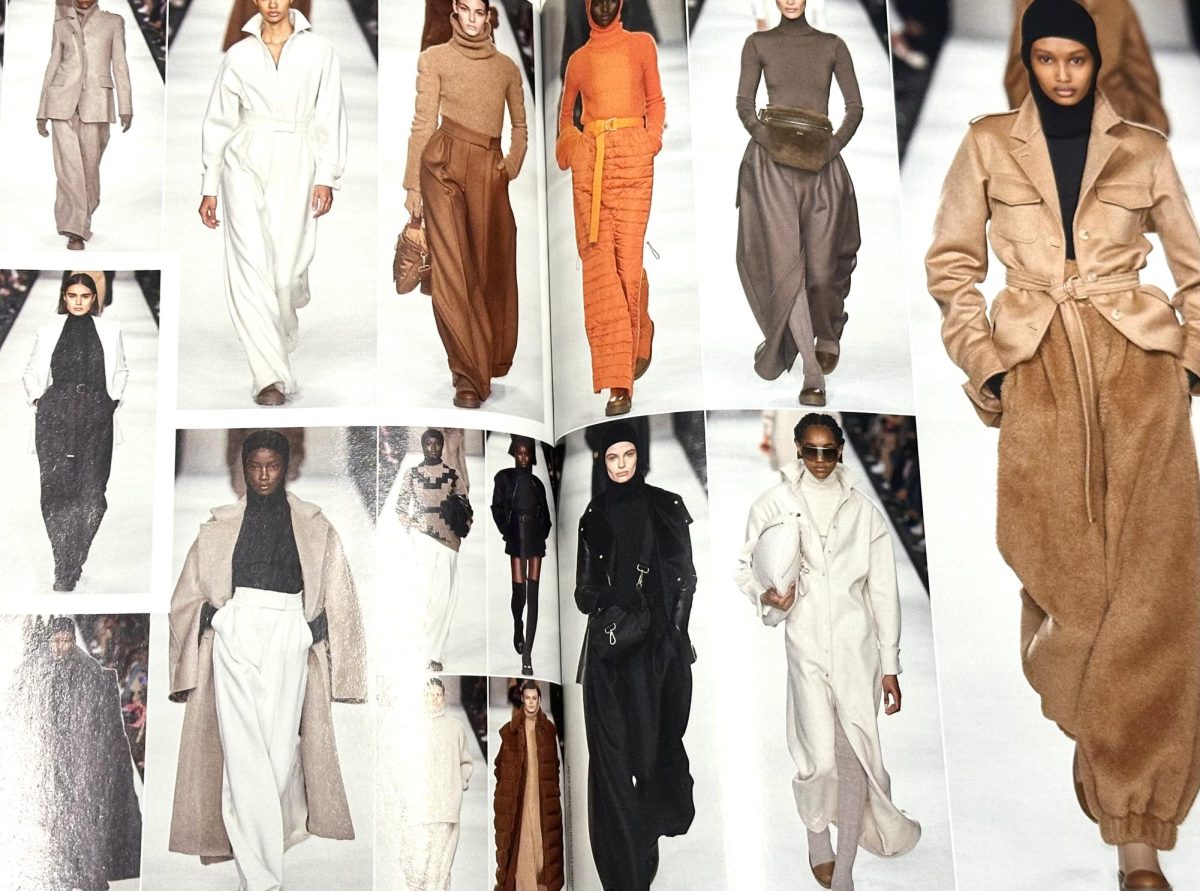A newly founded fashion company has recently made its debut in the world of digital fashion.
Nowadays, trending fashion appears to always be changing in the media. Whether it is trendy clothing from the early 2000s, to much older fashion from the 50s. Many trends don’t stay as popular as they used to, mainly due to the influence of social media on fashion.
Social media can have both a positive and negative influence on fashion by either promoting healthy fashion trends or sharing unrealistic fashion standards. Social media promoting healthy fashion trends may help others feel more comfortable and confident in what they wear, boosting their overall self-esteem.
Often, many find themselves ordering clothes late at night, spending a pretty penny and having no memory of it until the clothes arrive.
Websites such as Shien, Romwe, Zara, Brandy Melville, and Lulu Lemon are amongst the most popular when it comes to ordering trendy pieces. To keep up with these new trends, companies often mass manufacture and have an increase in waste produced while making the clothes.
The waste products contribute to global warming and other harmful factors to the people working in the fashion industry and around it. Though, at the expense that many teens and young adults can have their clothes within the click of a button and have them arrive a week later, these sacrifices go unnoticed or are not worth bringing light to.
The possible use of digital clothing may bring light to the situation with some pros and cons.
Digital clothing will open many doors of possibilities and creativity. The limitless possibilities of what you can create with the use of technology will change the world of fashion starting with digital clothing.
DressX, a digital clothing company, began its journey in July 2020 with clothing like no other.
Working with various designers, they have a wide variety of clothing options to choose from, as well as price ranges. Although, with the way digital clothing works, DressX may seem like the price is not worth what you’re paying.
The way it works is, you start by taking pictures with preferable skin-tight, black clothes depending on what outfit you choose on DressX. You then send in your pose and they edit the outfit you choose onto your body. With digital clothing, you technically don’t get to own the piece of clothing but rather pay to have someone edit it onto your body for a post on Instagram, or sharing with your friends.
Thus, what may be the drawback for many considering it, but beneficial when we consider other long term factors. Such as global clothing consumption, a lot of clothes won’t be produced for no reason and end up never being bought or donated, which makes a drastic difference overall.
People will have more exclusivity using digital clothing expressing themselves in ways they couldn’t with regular clothing, and maybe the fit they’re wearing may not be as common.
Imagine it, too, after you post a picture of yourself wearing that outfit. How likely are you to wear it again?
Though, this may be the case for many who cannot afford to buy new clothes every week and often shuffle through their wardrobe coming up with new looks with pieces they’ve had for a while.
Although there may be a long journey until the world has accepted new forms of fashion and considered the possible benefits and maybe have some tweaks to have it become the new thing, we will always have physical clothing.
Possibly. Unless we find the reason why we wear clothes, unlike other countries that have no stigma around nudity. We all have to wear something for now.
Additional information and opinions may be viewed through these links.
Safiya Nygaard “I Wore Digital Clothes For A Week”
Salem Tovar “The Horrible Aftermath of the SHEIN-pocalypse”




















